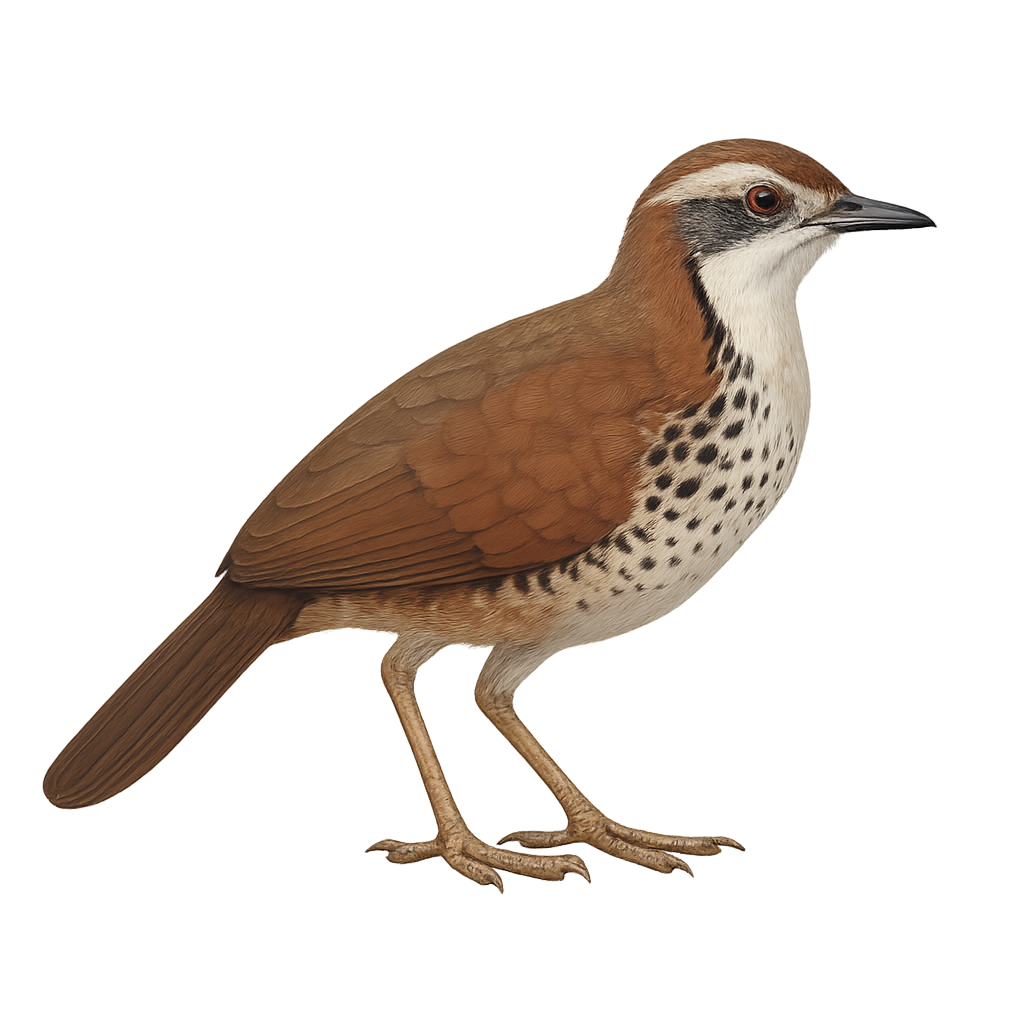Your wildlife photography guide.
Explore the white-breasted mesite in detail, study its behavior, prepare your shots.
Where to observe and photograph the white-breasted mesite in the wild
Learn where and when to spot the white-breasted mesite in the wild, how to identify the species based on distinctive features, and what natural environments it inhabits. The WildlifePhotographer app offers tailored photography tips that reflect the white-breasted mesite’s behavior, helping you capture better wildlife images. Explore the full species profile for key information including description, habitat, active periods, and approach techniques.
White-breasted Mesite
Scientific name: Mesitornis variegatus

IUCN Status: Vulnerable
Family: MESITORNITHIDAE
Group: Birds
Sensitivity to human approach: Suspicious
Minimum approach distance: 10 m
Courtship display: October to November
Incubation: 18-20 jours
Hatchings: October to December
Habitat:
Dry forests, dense undergrowth
Activity period :
Primarily active during the day, with peak activity in the morning and late afternoon.
Identification and description:
The White-breasted Mesite, or Mesitornis variegatus, is an endemic bird of Madagascar, belonging to the Mesitornithidae family. It is characterized by its brown plumage speckled with white on the chest, providing excellent camouflage in its natural habitat. This terrestrial bird prefers dry forests and dense undergrowth, where it primarily feeds on insects and small invertebrates. Although capable of flight, it spends most of its time on the ground, moving nimbly through the vegetation. The White-breasted Mesite is a monogamous species, forming stable pairs. Its population is declining due to deforestation and hunting, classifying it as vulnerable by the IUCN.
Recommended lens:
400 mm – adjust based on distance, desired framing (portrait or habitat), and approach conditions.
Photography tips:
To photograph the White-breasted Mesite, it is advisable to use a telephoto lens of at least 400mm to capture detailed images without disturbing the bird. Given its suspicious nature, it is best to stay about 10 meters away. Look for it in the dense undergrowth and dry forests of Madagascar, where it blends into its environment. Be patient and wait for it to move into a more open area for a better view. Use a tripod to stabilize your camera and adjust settings for low light conditions under the canopy.
The WildlifePhotographer App is coming soon!
Be the first to explore the best nature spots, track rutting seasons, log your observations, and observe more wildlife.
Already 1 439 wildlife lovers subscribed worldwide

